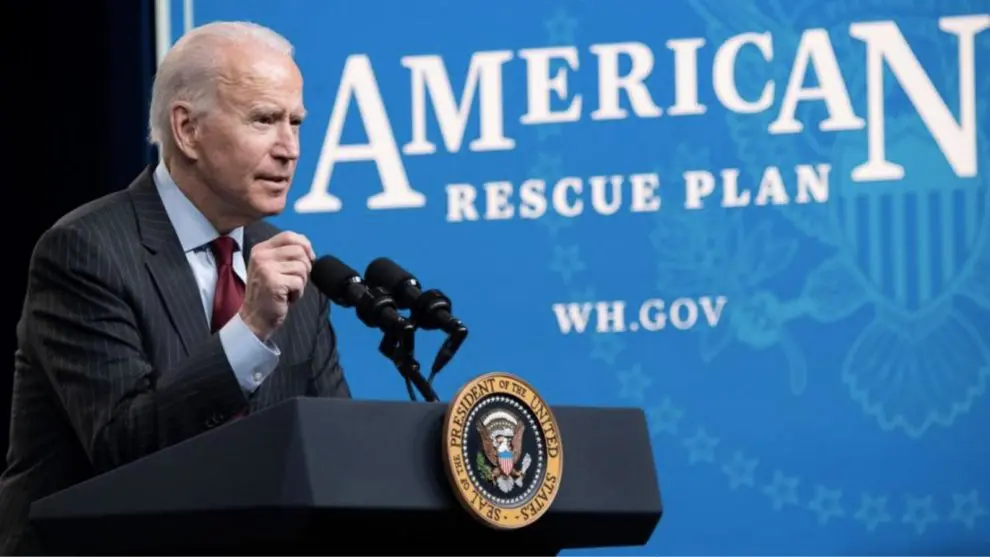
2021 was a landmark year for reducing child poverty in the United States. One-year improvements to the Child Tax Credit (CTC) included in the American Rescue Plan Act reduced child poverty by close to 30 percent, keeping 3.7 million children from experiencing poverty at the end of 2021. CTC payments promise an outsized impact on reducing poverty for Black and Hispanic children, many of whom were previously ineligible for the full credit.
Frustratingly, the lapse of these payments pushed nearly 4 million children back into poverty in January. While we continue to fight for a swift and robust extension of the temporary improvements to both the Child Tax Credit and Earned Income Tax Credit, we also continue working to ensure that families with children, and youth on their own, are able to receive the rest of the credits they are due during this year’s tax season.
Families with children were only able to receive half of their CTC through advanced monthly payments distributed from July through December 2021 and can now claim the remainder at tax time by filing a tax return. For youth who are newly eligible for the enhanced Earned Income Tax Credit, this tax time is the first time they are able to claim it.
Some families passed up the monthly advance payments, opting instead to receive the full CTC at tax time, largely out of fear they would owe money back to the IRS. Other households were unable to access all or even some of the advance monthly payments they are eligible for and may now be due for a sizable CTC. This situation particularly holds true for families with little or no income. Many families in deep poverty do not normally file taxes and therefore did not automatically receive these payments. The IRS also was unable to reach some families who move frequently due to housing instability, homelessness, domestic violence, or other challenges. Some immigrant families opted out of advance payments due to significant fear that they would affect the immigration status of some members of the household. In addition, parents or caretakers with babies born at some point in 2021 were not able to claim the CTC for their babies until now.
Children of color saw a significant reduction in poverty in 2021 — a 26 percent reduction for Black children and 30 percent Hispanic children — but a much greater reduction in the racial wealth gap is possible if all eligible families can access the amount of the CTC that they are due. The Census Household Pulse Survey and other sources indicate that the advance CTC payments helped families afford food, pay bills, buy school supplies, clothes and holiday presents, pay off debt, and build savings. Food insecurity dropped by one-third after the payments began in July 2021.
Enhancements to the EITC included lowering the age of eligibility to 18 for youth without children who experienced foster care or homelessness and were working or enrolled in full-time education, to 19 for all other adults without qualifying children and increasing the amount of the credit. These temporary improvements — which are expected to benefit up to 500,000 former foster youth — will provide these young people with some of the economic support that their peers receive from parents and family members. The EITC can help young people pay for transportation to and from job training, school, or community-based support.
It is critical to note that families and youth must file a tax return to receive both the CTC and the EITC — even if they have no tax liability. The IRS recently sent out letters with the amounts that families already received in advance CTC payments so they can input that information when filing to determine how much they are still owed, but these letters may not have reached all families and there have been reports about potential errors in these letters. As a result, many families are likely to need assistance in figuring out the amount of their tax credit and should go to childtaxcredit.gov or getyourrefund.org where they will be directed to information about different filing options and available assistance through Volunteer Income Tax Assistance (VITA) programs.
This National Taxpayer Advocate’s (NTA) blog post also has helpful information on the temporary EITC changes benefitting youth and encourages filers to file electronically and as early as they can. The NTA also underscores the importance of checking the box on line 27 of their tax return to indicate the filer is a qualified former foster youth or a qualified homeless youth who is experiencing or at risk of homelessness, and who is self-supporting.
The government plans to publish a simplified filing tool after tax time for families with little or no income, who are not required to file a full tax return, so they may claim their CTC balance. This tool will not be available for the Earned Income Tax Credit, making it even more important for many households with children and qualified youth without children to file a tax return.
Notably, these tax credits do not affect a family’s eligibility for other benefits or the immigration status of anyone in the household.
Some families may have complex tax returns. Changes in child custody or income in 2021 could affect the amount some families will actually receive — or potentially owe back to the government — although low-income households should be largely protected from having to return overpayments. Other households may be subject to government offsets for child support arrears or other money owed to the government, as well as garnishment by private creditors unless prohibited by state or local law. Past due student loans are exempt. More information can be found on the IRS website here. Help filing those complex returns can be found through Volunteer Income Tax Assistance (VITA) programs around the country.
Congress enacted the American Rescue Plan one year ago this month, generating a wealth of data that underscores the benefit of regular cash transfers and the significant success of the temporary CTC improvements. Families with children reported that the payments provided a lifeline for making ends meet and made them finally feel recognized and understood by lawmakers.
We must continue urging Congress to extend those CTC improvements as it revisits an economic package this spring, and to permanently adopt this policy change that has proven its ability to cut child poverty, improve child well-being, address racial disparities, and reduce hardship.
For more information on improvements to the Child Tax Credit and Earned Income Tax Credit and ways you can urge Congress to act, visit these resources:
- First Focus Campaign for Children led Letter Signed by Over 200 Organizations to Congress: Make Changes to the CTC, EITC, and CDCTC permanent
- First Focus Issue Brief: How Tax Credits Could Provide Transition-Age Youth Greater Financial Stability
- Congressional Research Service report on Tax Provisions Related to Economic Security Included in the American Rescue Plan
- First Focus Campaign for Children Action Alert: Make CTC Improvements Permanent


